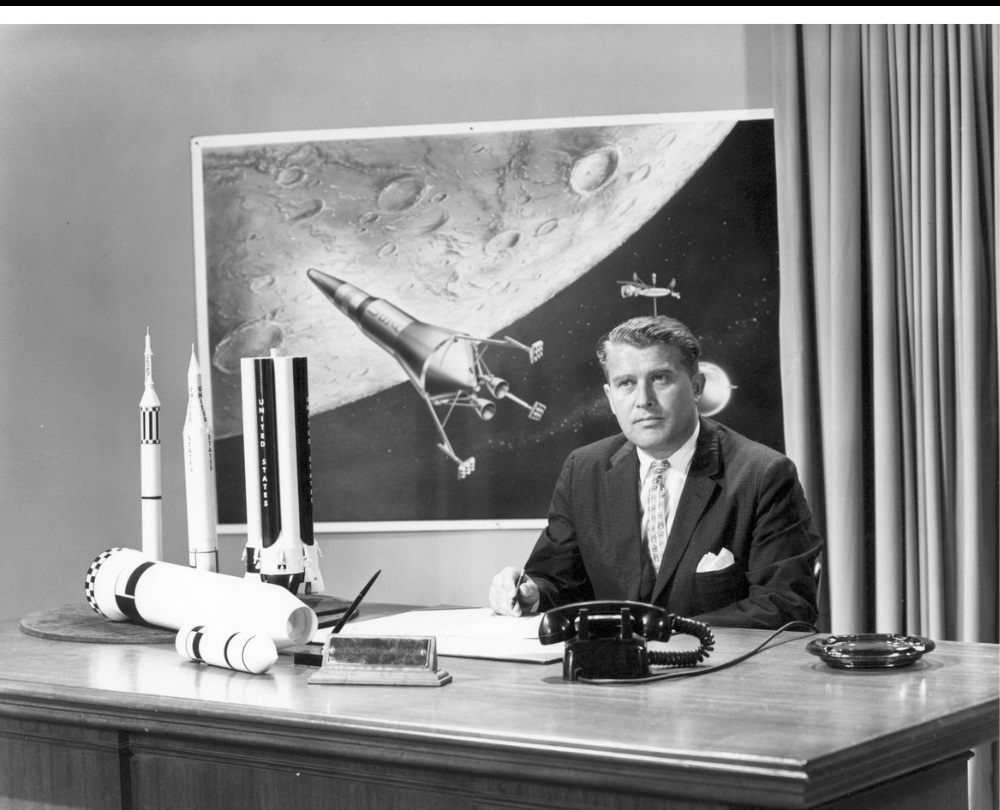Operation Paperclip: Nazi Scientists in the United States
The Second World War came to an end in 1945, and with it, the world was divided between the winning and defeated powers. Among the losers was Germany, whose Nazi regime had perpetrated unimaginable horrors, including the Holocaust. However, in the midst of the post-war chaos, a dark chapter of history emerged known as Operation Paperclip, which brought Nazi scientists to work for the United States.
Operation Paperclip was a secret intelligence operation led by the United States to recruit German scientists, including some prominent members of the Nazi Party and the SS, to use their expertise in developing advanced technology, especially in the field of rocketry and rocket science. The main objective was to ensure that these talented scientists did not fall into the hands of the Soviet Union, which also had a great interest in recruiting German experts for its own research programs.
Operation Paperclip was authorized by United States President Harry S. Truman in September 1945, although it was not until 1947 that the program was officially carried out. One of the most famous recruits of Operation Paperclip was Wernher von Braun, a German aerospace engineer who had developed V-2 rockets for the Nazi regime. Von Braun and many other German scientists were transferred to the United States, where they continued their work in the field of rocketry.

The arrival of these Nazi scientists in the United States was not without controversy. Many Americans were horrified that the government was recruiting people who had been participants in the Nazi regime and responsible for atrocities during the war. However, proponents of Operation Paperclip argued that it was necessary to harness the knowledge and experience of these scientists to advance technology and science, especially in the context of the growing Cold War with the Soviet Union.
One of the greatest achievements of the scientists recruited in Operation Paperclip was their contribution to the development of the American space program. Von Braun, in particular, played a crucial role in the design and development of the Saturn V rocket, which would ultimately take man to the moon in 1969 as part of NASA's Apollo program. His experience with V-2 rockets was instrumental in developing the technology necessary to achieve this historic milestone.
However, as time passed, questions arose about the ethics of Operation Paperclip and the role of Nazi scientists in the Nazi regime's war crimes. Although many of these scientists claimed not to have been active members of the Nazi party and claimed to have been coerced into working on German military projects, others had direct ties to the regime and had actively participated in its activities.

Despite the controversies, Operation Paperclip continued into the 1950s, and many of the scientists recruited into the program went on to play prominent roles in science and technology in the United States. However, the legacy of Operation Paperclip remains the subject of debate and controversy, as it raises profound questions about ethics in science and the responsibility of individuals in times of conflict and war.
